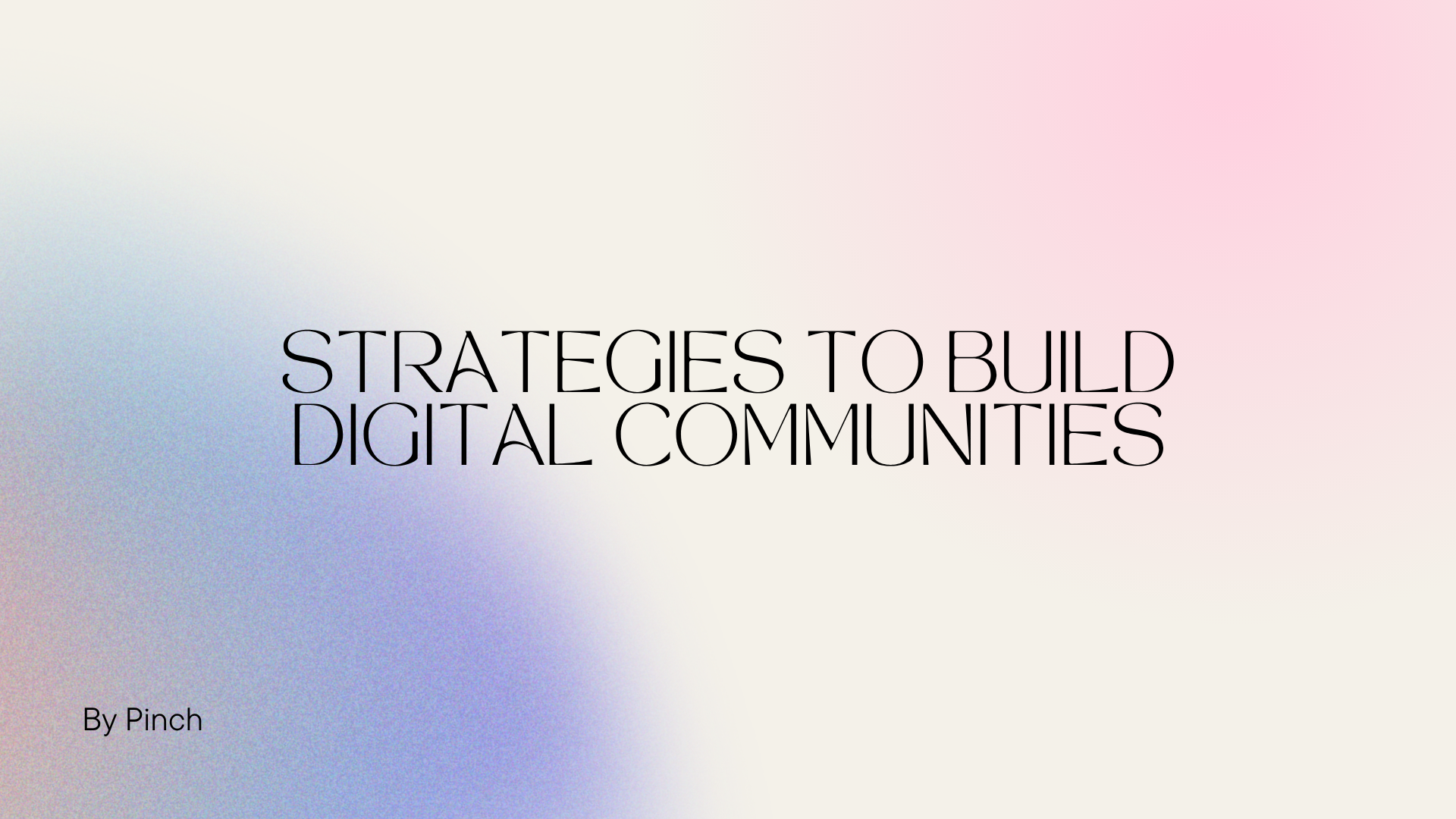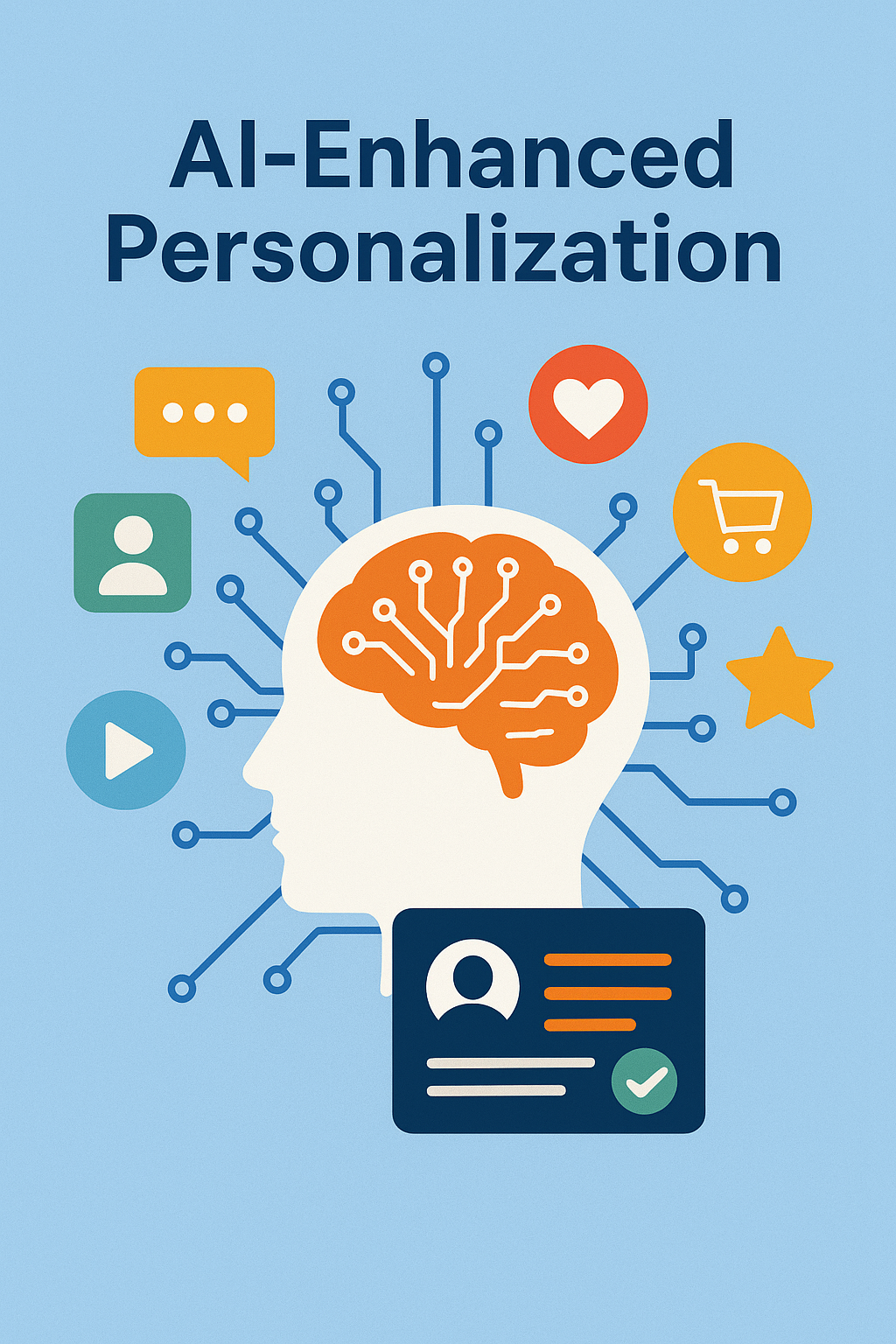
Whether you’re building in Web2 or Web3, the fundamentals remain surprisingly consistent. Here’s what I’ve learned.
Every successful community starts with a fundamental truth: people want to be seen. This applies whether you’re managing a SaaS product community or a DAO.
In Web2, companies like Notion and Figma built massive communities by highlighting user-created templates and designs. In Web3, projects succeed when they recognize contributors with on-chain credentials, custom roles, or simple public acknowledgment.
The strategy is universal: personalized responses, meaningful interactions, and genuine appreciation. A thoughtful reply to a community suggestion carries more weight than ten generic announcements. Ask questions, reward thoughtful answers with visibility, exclusive access, or tangible perks. Make participation feel valuable, not transactional.
Here’s where Web2 veterans have lessons to teach: brand communities that survive are built on purpose, not promises.
Look at how Reddit’s niche communities thrive for years, or how GitHub’s open-source projects maintain engagement. They’re united by shared missions: solving problems, creating value, advancing a craft.
Web3 communities often launch with token promises and roadmaps but forget the narrative. Why should someone care beyond potential financial gain? The projects that endure answer this clearly: democratizing access to digital art, building transparent gaming economies, creating equitable creator platforms.
Your mission should resonate beyond your existing ecosystem. If someone can’t understand why your community matters, you haven’t articulated it well enough.
Both Web2 and Web3 leverage exclusivity effectively, just through different mechanisms.
Web2 platforms use early access programs, beta tester groups, and VIP tiers. Salesforce’s MVP program, Stripe’s invite-only launches, and Superhuman’s waitlist all created desire through scarcity.
Web3 adds programmable exclusivity: token-gated channels, NFT-based access, on-chain credentials that unlock experiences. The underlying psychology is identical.
Practical implementation strategies:
The key is making exclusivity feel earned, not purchased.
Discord and Slack fatigue is real. Announcement channels are where engagement goes to die.
The communities that thrive treat their platforms as social spaces, not broadcast channels. Duolingo’s language learning community thrives on challenges and streaks. Web3 gaming communities succeed with tournaments and collaborative quests.
Cross-industry event strategies that work:
Make your community calendar something people anticipate, not something they mute.
The most scalable communities distribute ownership and responsibility.
In Web2, think of Wikipedia’s editors, Stack Overflow’s moderators, or Yelp’s Elite Squad. These aren’t employees, they’re empowered community members with autonomy.
Web3 makes this model native through DAOs, contributor treasuries, and on-chain governance. But the principle applies universally: identify super – users, give them resources and authority, then step back.
Implementation framework:
The goal is making community management feel distributed, not dictatorial.

Here’s where it gets interesting for both ecosystems.
Web2 companies like Spotify and Netflix personalize content. Web3 can personalize participation.
Imagine community platforms that understand engagement patterns and send contextual nudges: reminding dormant members about relevant discussions, suggesting collaborations between members with complementary skills, or highlighting opportunities aligned with someone’s past contributions.
The technology exists. The challenge is implementing it without feeling invasive. AI-powered community engagement should feel helpful, not surveillance-driven. Use it to surface relevant opportunities, not to spam inactive members.
The communities that scale successfully share one trait: they’re built with members, not for them.
Lego Ideas lets fans design products that get manufactured. GitHub Discussions lets developers shape project roadmaps. Web3 DAOs let token holders vote on treasury allocation.
Different mechanisms, same philosophy: give your community real agency.
When members feel ownership, they don’t just participate, they evangelize. They don’t wait for official announcements, they create their own content. They don’t need incentives to engage, engagement becomes intrinsic.
Building lasting communities requires moving beyond growth metrics and focusing on depth of connection. Whether you’re using Slack or Discord, governance tokens or equity, the principles remain consistent: recognize contributions, articulate purpose, create belonging, distribute ownership, and have fun doing it.
The best communities lean into their unique culture rather than copying competitors. They embrace spontaneity alongside structure. They understand that organic chaos often generates more value than perfectly planned campaigns.
Web2 taught us about user experience and retention psychology. Web3 is teaching us about ownership and aligned incentives. The communities that master both will define the next era of digital collaboration.
What’s your experience building or participating in digital communities? The most valuable insights often come from unexpected places. Let’s exchange notes.